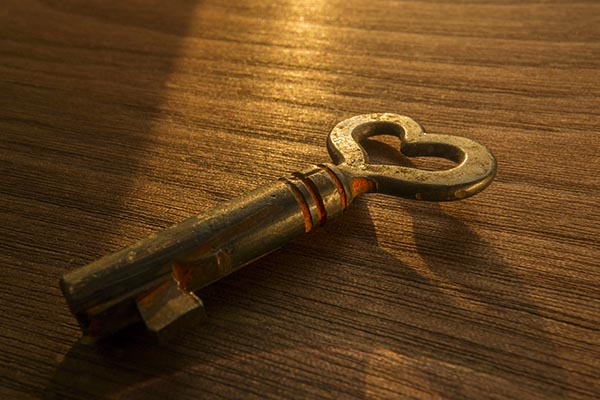This past week I concentrated on using my Fuji 55-200mm zoom more often when I went out. Like several of my friends, I found that I had been leaving it out of my kit because it seemed a bit too large and heavy to carry. After writing my
blog article on a dream Fuji X-series travel gadget bag kit, I began thinking more about the Fuji X as a pro system in and of itself, and not just as a supplemental camera for cdewinaal use when I don't want to lug around a heavy DSLR. As I proceeded down this line of thought, I began to ask what would have to happen to the Fuji X system to expand its usefulness in this way.
 |
| In the foreground a Fuji X-E1 with Fuji 55-200mm zoom lens. Behind it a Nikon 300mm f/4 with Nikon G to Fuji X adapter. A 300 or 400 mm fast aperture lens would be a perfect long telephoto length to expand the usefulness of the Fuji X system into sports and wildlife by providing the equivalent of 450-600mm lenses. A dedicated Fuji telephoto would be more compact than the Nikon shown here because it would only have to cover the area of the Fuji's smaller APS-C sensor, and of course it would be auto-focus on the Fuji, which the Nikon is not. |
The Fuji X was born into the conceptual line of sophisticated rangefinder cameras, such as the Leica M. Cameras of this type were always associated with shorter lenses due to the impracticality of viewing anything much longer than 135mm through a finder frame. The advent of the EVF (electronic view finder) made it a new ball game, as it enlarged the image to fit the frame. But old habits die hard, and I think many photographers, myself included, were simply not accustomed to using lenses longer than 135mm with a rangefinder style camera. It was for that exact reason I forced myself this past week to use the Fuji only with long lenses.
Of course there are some inherent limitations with an EVF finder that dampen the typical use of long lenses in areas such as sports and wildlife, meaning fast-moving, distant subjects. The two most important drawbacks are speed and accuracy of focus, along with the inherent image-drag problem of EVF finders. A photo like the one below taken with a Nikon D3s and 340mm focal length of a flying bird would be difficult to accomplish with a Fuji X today. It takes a camera with speedy focus, a very fast motor, and the accuracy to change and hold a continuous focus as the camera pans quickly with the bird. With the drag of an EVF finder it is doubtful that you would be able to even see the action well enough to keep the camera focused on the bird. Of course, all that may be changing with the next crop of cameras coming out early next year.

One rumor is that Fuji will be adding a double processor to the EVF finder image in an effort to speed up the refresh rate. If this is true, it will go a long way to extending the practical ability of these cameras to follow fast panning subjects.
Improving the capability of the cameras is only part of the solution. For the systems to expand, we are going to need a new crop of long focal length lenses made either by Fuji or forth coming from many of the other lens manufacturers. In particular we will need to see fixed focal length teles with fast apertures along with a quality zoom that can extend out into the 300-400mm range. Once that happens, cameras like the Fuji X series will finally come into their own as stand-alone systems capable of replacing full DSLR systems.





















































